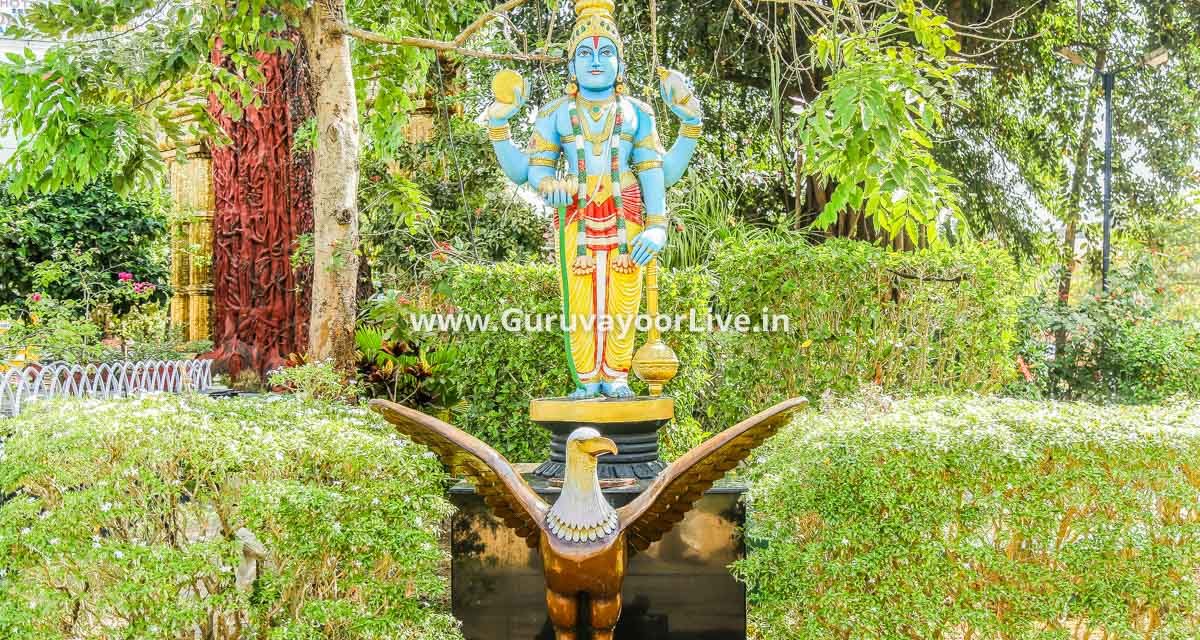

Guruvayur Satyagraha
Guruvayur Satyagraha took place in (1931–32) and was a Satyagraha (non-violent protest) in present Thrissur district, which was then part of Ponnani Taluk of Malabar district, now part of Kerala, which was an effort to allow entry for untouchables into the Guruvayur Temple. It was led by K. Kelappan, who undertook a hunger strike for 12 days, until it was abandoned because of a request from Mahatma Gandhi and the Indian National Congress . ([citation needed]). Mahatma Gandhi hailed it as "the miracle of modern times" and " a smriti which is peoples charter of spiritual emanicipation".K. Kelappan, Mannathu Padmanabhan, A.K Gopalan(volunteer captain) and N.P DamodaranNair were the leaders of that agitation.It was a failure,For another four years, nothing much changed in Guruvayur or in the rest of the region that today constitutes the State of Kerala. It was only in 1936 that many temples in Kerala were opened for all to use. When Samuthiri, the temple trustee was reluctant to concede as the second phase of the struggle K.Kelappan started fast unto death from 22 September 1932 onwards. But due to Gandhiji’s intervention on 2 October the struggle was withdrawn Subsequently, there was an opinion poll held at Ponnani taluk in which 77 per cent favoured the entry of all castes in to the temples. Leaders, from various parts of Kerala, were later in leadership of the Communist Party of India; such as P. Krishna Pillai and A. K. Gopalan, took part in the effort. The right to enter temples was granted to "Backward" Hindus like Ezhavas only in 1936 in India by the Maharajah of Travancore and the Temple Entry Proclamation. Guruvayur Satyagraha is a significant milestone in the social chronology of Kerala. The famous Sree Krishna temple of Guruvayur which lay outside Travancore, in the Malabar District of the erstwhile Madras province, where history re-wrote itself, provides an interesting insight into anti-untouchability movement in the state. The authority of the temple administration- the Zamorin of Calicut- deliberately tried to deprive entry to a good majority of believers in tune with Kelappan’s proclamation that the demon of untouchability driven off the public streets had taken shelter in the sanctum of the temple.with confidence and unity from victory of Vaikam Satyagraha, leaders and activists derived strength to face the demon of untouchability. The upliftment of the depressed sections of the Hindu community was always high on the agenda of the Indian National Congress in Malabar. The Congress meeting held at Vadakara on 3 and 4 May 1931 was a turning point. This Congress session passed two important resolutions. First, on the need for the establishment of All India Charkha Sangham in Kerala and a committee was constituted with C.H. Govindan Nambiar as secretary andThe Guruvayur SatyagrahaShyamji Sundardas, M. Karthyayaniamma, K. T. Kunjiraman Nambiar, and K. Kelappan as members. The second resolution was on the need to eradicate the evil of untouchablity. The second resolution moved by Kelappan, received grand applause. Kelappan as well as other leaders felt that untouchability could be wiped out only if the depressed classes were permitted to enter the public temples.








